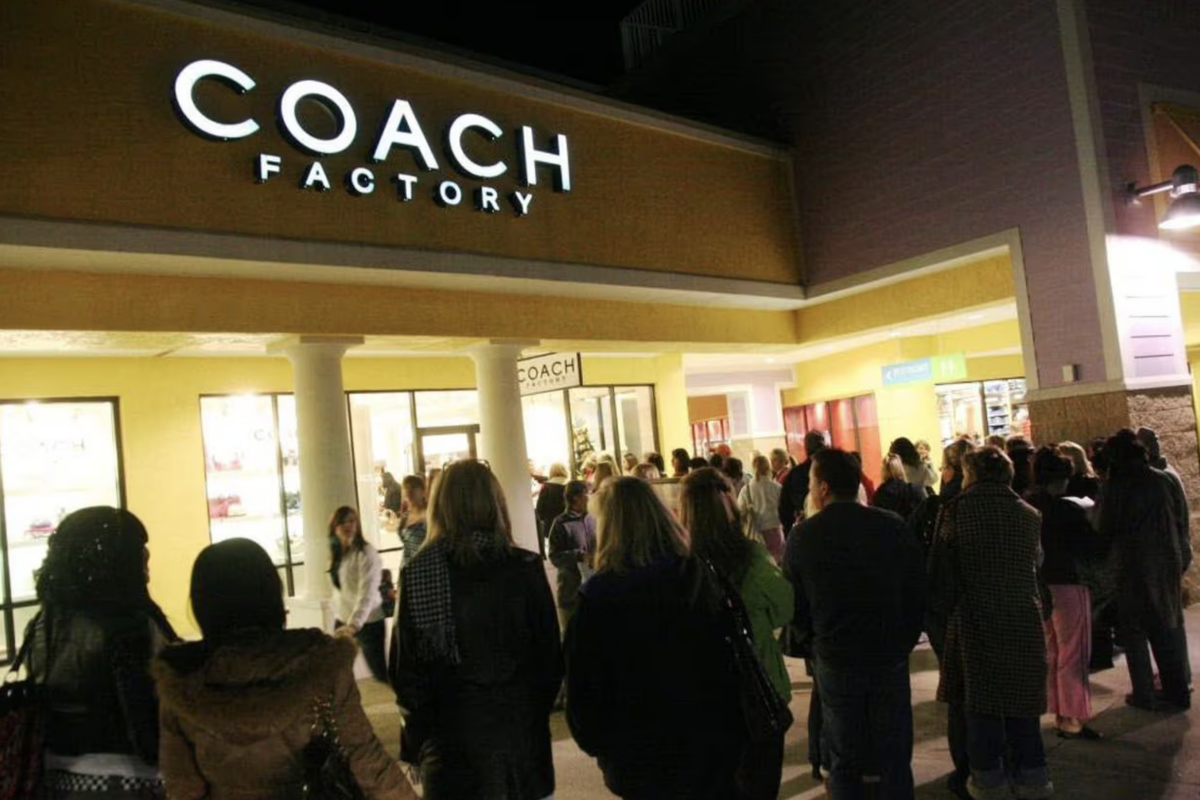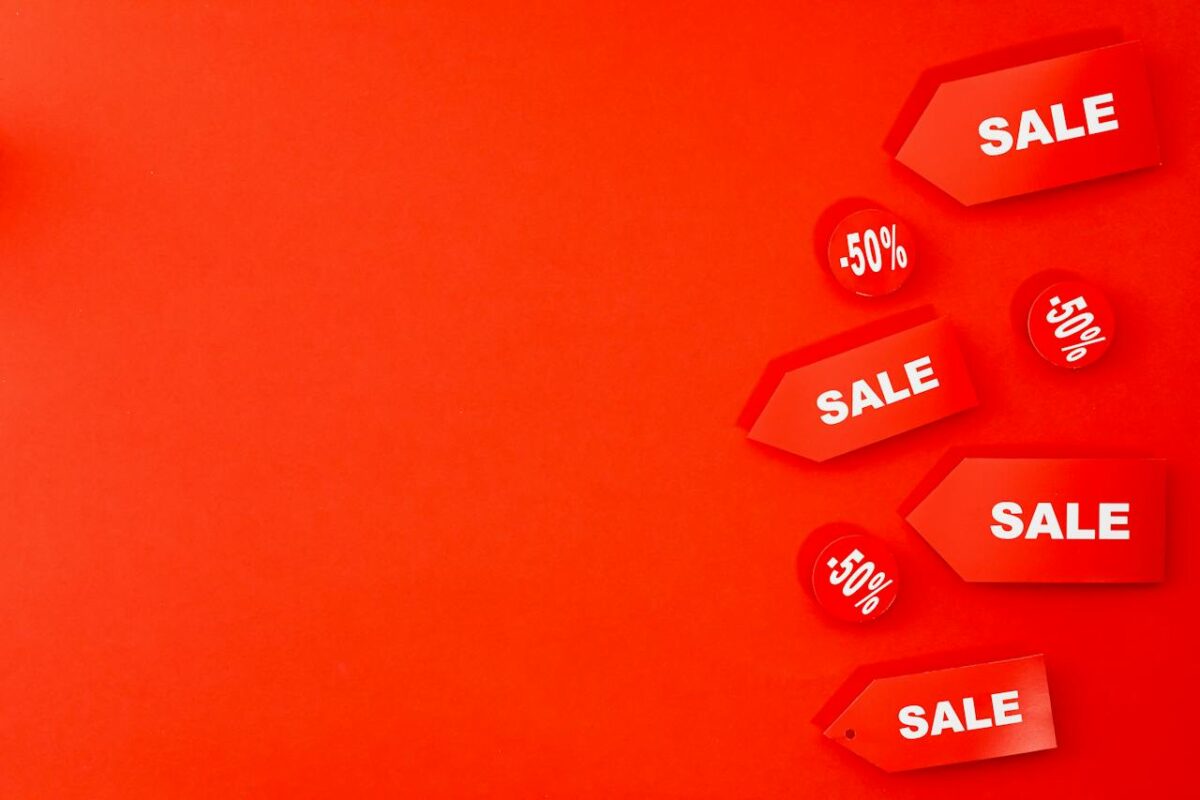In 2017, the European Court of Justice (ECJ) announced that Coty, the U.S. beauty group, did not break any laws of competition when it forbade a German distributor from selling Coty products on Amazon.de, the German Amazon site. In Europe, luxury products are able to limit sales of their products to only those “stores that maintain their luxury image,” Financial Times reported. The ECJ calls this “selective distribution.”
Discussing the Coty case, Financial Times stated that the key issue was: Does easier access to luxury goods change a brand’s luxury image? In other words, does selling on Amazon diminish a brand’s luxury stature? The ECJ said “yes.”
The French branding expert, Jean-Noël Kapferer, writes extensively about luxury. He defines the traditional concept of luxury as something exclusive and rare. For Professeur Kapferer, a luxury brand in its classic sense is “an inessential, desirable item that is expensive or difficult to obtain.”
At the same time, Professeur Kapferer describes an alternative concept of luxury that brand owners might consider: luxury can be both exclusive and widely available. This means a luxury brand can still be perceived as a luxury brand even if it is no longer exclusively distributed. Brands can successfully maintain the promise of wide availability and exclusivity.
Amazon: Reconsidered
Amazon now has an emporium for convenient couture. Amazon is executing a solution that leverages the decline of in-store luxury items while maximizing the surge in online luxury spending. Amazon is bringing available luxury to life.
Coronavirus has upended many luxury brands, as their unique, essential in-store experiences have been canceled with store closures. The contraction is so severe that Boston Consulting Group (BCG) believes it will be 2023 or2024 before the luxury goods industry recovers.
On the other hand, online luxury sales are skyrocketing. Bloomberg and Financial Times both reported on consultancy Bain & Co. research showing the degree to which the pandemic is accelerating online luxury sales. In 2019, 12% of luxury sales were online. By 2025, Bain & Co. sees almost a third of luxury sales online.
With this extraordinary opportunity for online shopping, it is not surprising that Amazon is entering the online luxury market with its Luxury Stores.
Luxury Stores debuted on September 15, 2020. It is an invitation-only site for select Amazon Prime customers. Currently, it has a limited selection of brands – Oscar De La Renta, Roland Mouret, La Perla, Clé de Peau and Altuzarra – but the benefits of Amazon’s Luxury Stores are seen as critical for resuscitating an industry that has taken a huge financial and emotional hit. Analysts believe that the way Amazon is handling the new luxury-shopping venue will attract more high-end, exclusive brands.
Amazon’s press releases state that the Luxury Stores app will generate “a new shopping experience.” There is, of course, the convenience of Amazon and the vast audience of shoppers (there are somewhat over 142 million U.S. Prime members: even if the invites go to 1% of Prime U.S. members, luxury shoppers will increase by 1,420,000 people), but there is also Amazon’s innovative technology. According to WWD, there is View 360°, “… an interactive feature that allows customers to explore styles in 360-degree detail to better visualize fit – making shopping for luxury easier and more engaging.”
To address luxury brands’ concerns about counterfeit products on Amazon, Luxury Stores is, as WWD explained, “… a glossy, sealed-off environment – away from the car accessories and the fridge freezers – where Amazon can celebrate the fabulousness of fashion, where it can create brand stories and tempt Prime customers who may hadn’t considered buying luxury in the past.” WWD continued adding, “Amazon is offering the look and feel of a direct-to-consumer site, backed up by its delivery muscle – the warehouses across the US, the air cargo fleet, the same-day service. Logistics is a major draw for high-end brands, which all know how impatient their customers can be.” Amazon is building a dedicated luxury warehouse in Arizona.
Amazon: More Friend Than Foe?
As the luxury groups Kering and LVMH dismiss Amazon’s luxury foray, Amazon’s Luxury Stores app is offering luxury brands some very special and well-needed benefits.
First, there is Amazon’s relentless customer focus and Amazon’s persistent emphasis on continuous improvement of the customer experience aided by groundbreaking technology and customer feedback.
Second, Amazon will provide its luxury brands with “clean data” – shopping behavior, conversion rates and how many “non-fashion” Prime members are purchasing luxury items. These data can be used for cross-selling within the app.
Third, Amazon intends to leave inventory, selection and pricing decisions to the luxury brands. Brands are free to design their “shop” exactly the way they want without having to conform to a specific look, unlike the demands of department stores. Luxury brands are in control of what merchandise to offer.
Fourth, Amazon’s PR indicates that Amazon will provide merchandizing tools for “…creating and personalizing content for each brand’s unique voice.”
Roland Mouret, one of Amazon’s luxury brands’ designers, told WWD that he believes Amazon is “… the next frontier” for luxury fashion. “It feels so right. It’s part of the reset of the fashion industry.” The CEO of Roland Mouret said, “ Amazon offers a unique partnership and business model, backed up by cutting-edge technology and breathtaking logistics. They are uniquely placed to connect the dots between e-commerce and entertainment in the luxury sector.”
Professeur Kapferer believes that in order to compete in an expanding, ever-connected world, some luxury brands will have to figure out how to maintain their high-class aura while being available to many around the world. Amazon is making this idea viable. Luxury brands will have their own exclusive interactive experiences while having the availability of Amazon.
The luxury brands that avoid Amazon’s Luxury Stores must recognize that the optimization of “Amazon and Luxury” addresses the desires of consumers who do not want to trade off between owning luxury and ease; customers who desire luxury without the wait.
As the debate about the ability of a luxury brand to stay exclusive while being available everywhere continues – with stalwarts believing that luxury cannot be both exclusive and available, because too much exposure saps luxury out of a product or service – Amazon is moving ahead with its solution for luxury shopping. Those who see the future of luxury as “abundant rarity” perceive Amazon as the answer to a previously impossible conundrum.
If any brand can change the nature of a shopping experience, it is Amazon. As one luxury industry executive stated, “Never underestimate Amazon. We are keeping a watchful eye.”
Contributed to Branding Strategy Insider by: Larry Light, CEO of Arcature
The Blake Project Can Help You Grow In: The Brand Growth Strategy Workshop
Branding Strategy Insider is a service of The Blake Project: A strategic brand consultancy specializing in Brand Research, Brand Strategy, Brand Growth and Brand Education




